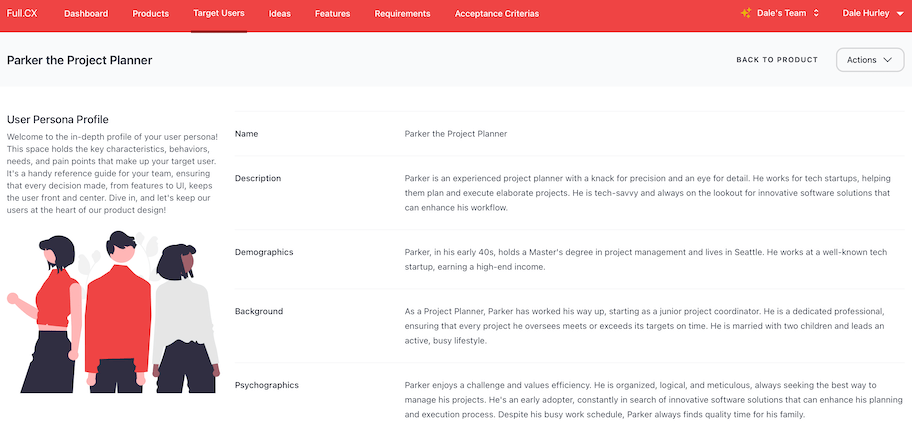Understanding Scrum's Approach to Detailed Requirements: A Flexible Path to Success
In the ever-evolving landscape of project management, Scrum stands out as a beacon of efficiency and adaptability. With its roots tracing back to the early 90s, Scrum has since been embraced by countless organizations worldwide, credited for its straightforward yet dynamic nature. But how does Scrum navigate the complex waters of detailed requirements? Let's dive in.
The Foundation of Scrum: Empiricism and Lean Thinking
At its core, Scrum is built on empiricism and lean thinking. This foundation encourages teams to start with their current understanding and refine it continually. For instance, a software development team might begin with a basic prototype, evolving it through user feedback and iterative testing. This approach contrasts sharply with traditional methodologies that often require extensive upfront planning and requirements.
The Pivotal Role of the Product Owner
The Product Owner is the linchpin in managing requirements within Scrum. They are tasked with maximizing product value and guiding the Development Team.
The Evolving Product Backlog
Central to Scrum is the Product Backlog, a dynamic list of features and requirements. Initially populated with high-level items, it gets refined over time.
Refining the Backlog: A Delicate Dance
The art of backlog refinement is crucial. Teams typically dedicate up to 10% of their time to this. It’s a delicate balance between being detailed enough for planning and maintaining flexibility for changes.
The 'Definition of Ready' and INVEST
The 'Definition of Ready' and INVEST criteria (Independent, Negotiable, Valuable, Estimable, Small, and Testable) serve as guidelines for ensuring quality requirements.
Scrum Across Varied Contexts
Scrum's approach to requirements is not one-size-fits-all. In the healthcare sector, for instance, requirements might be more rigid due to regulatory compliances, unlike a tech startup where flexibility is paramount.
Navigating Challenges
Common challenges in managing detailed requirements include scope creep and requirement misunderstandings. Addressing these involves clear communication and regular backlog grooming sessions.
A Continuous Journey
In Scrum, managing detailed requirements is a journey of continuous collaboration and adaptation. It’s about building a product that not only meets but evolves with customer needs and market trends.
Empowering Your Product
Team for Success.
Start using Full.CX today.
Smart tools to streamline your transition from concept to concrete specifications.

